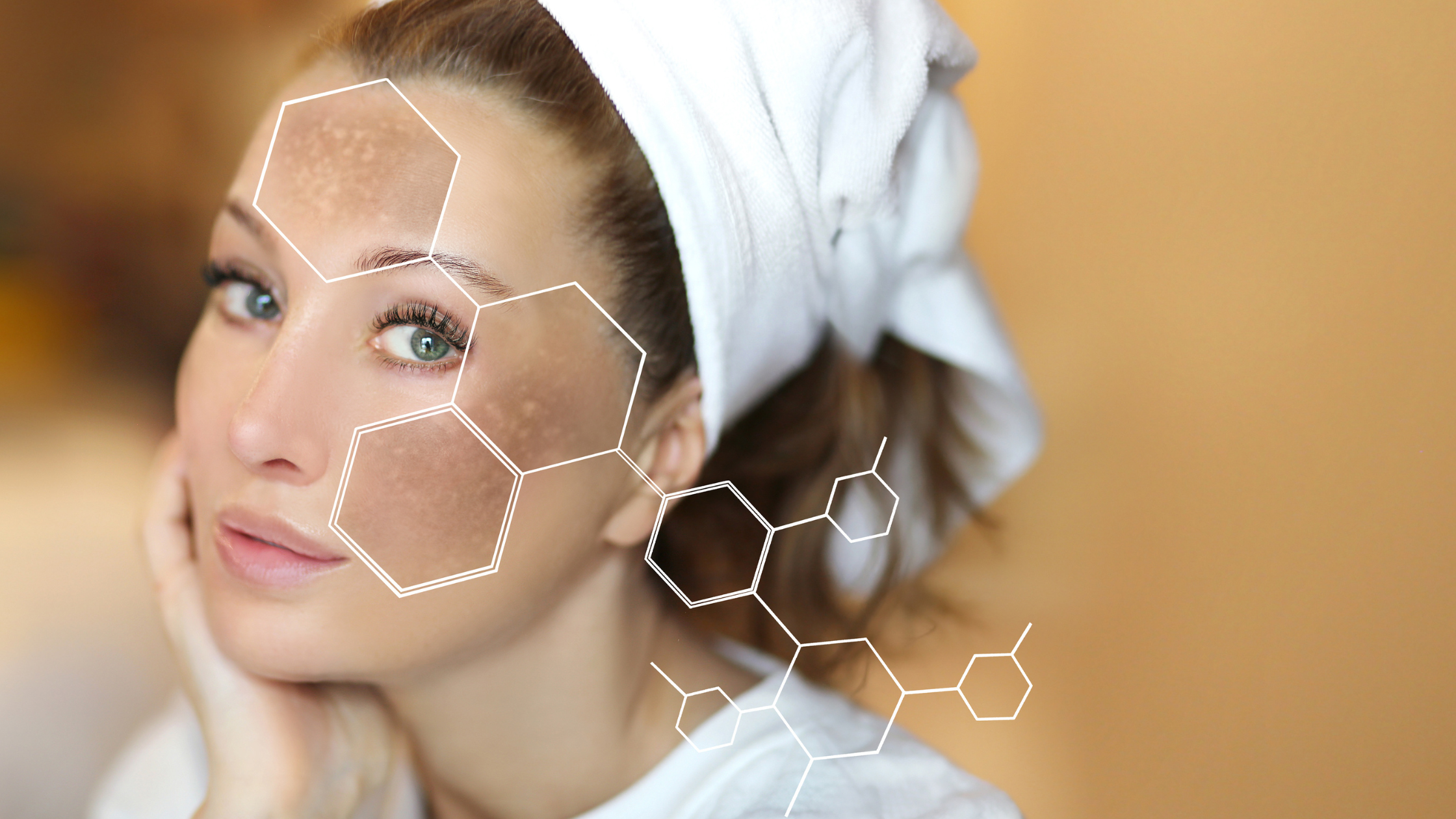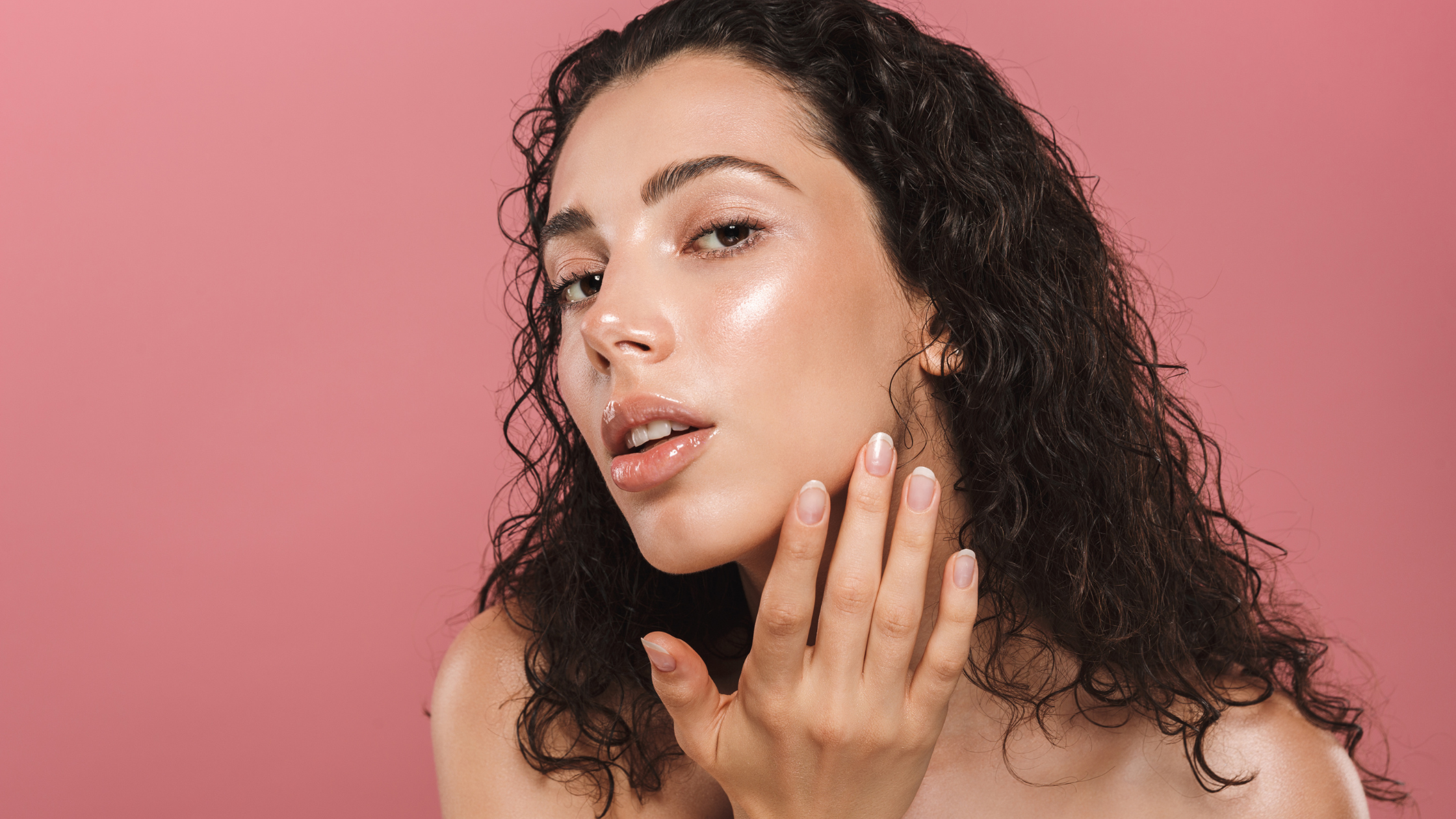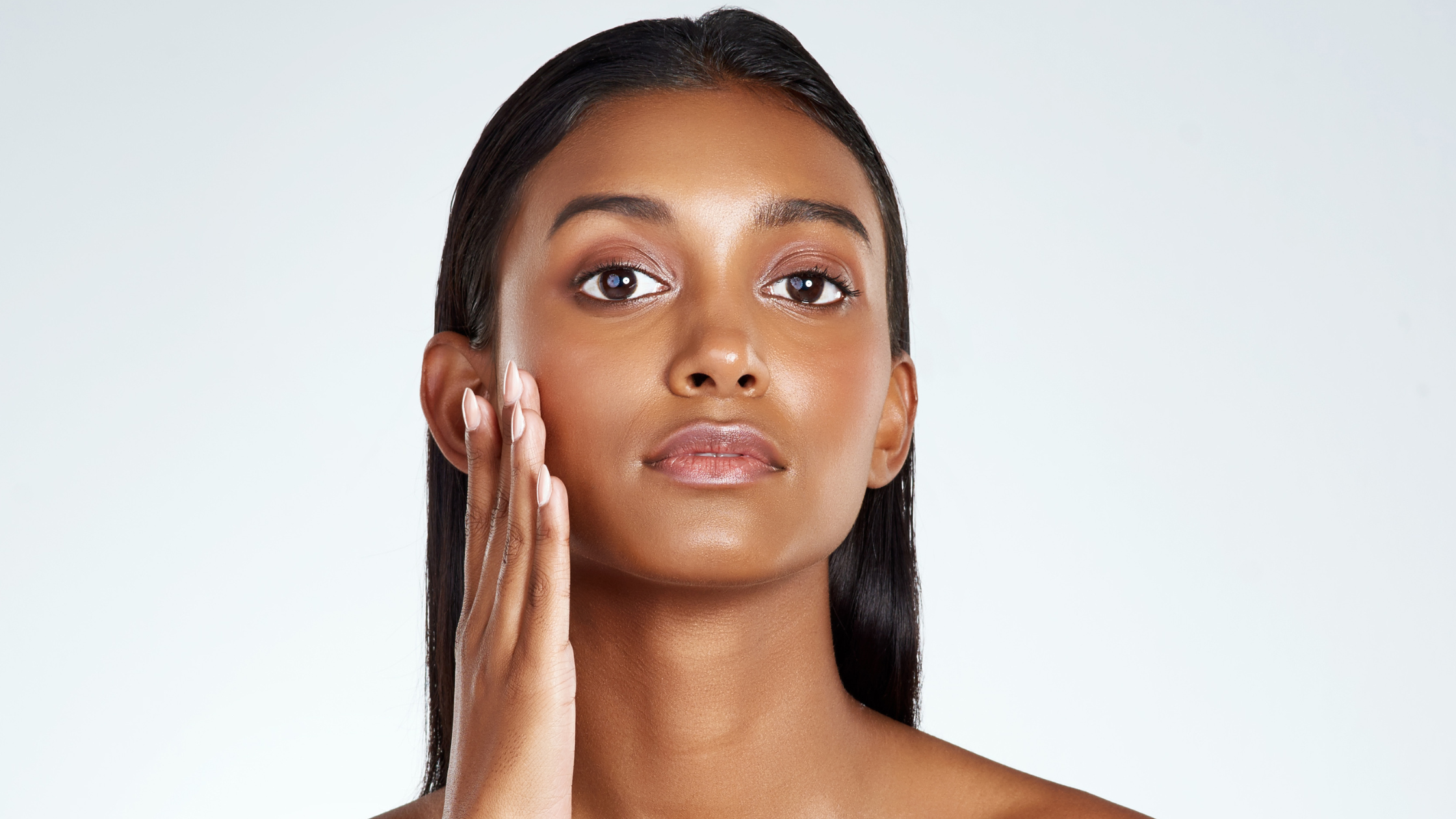
Is Hyperpigmentation the Same as Melasma?
Is Hyperpigmentation the Same as Melasma? Let's Set the Record Straight.
When it comes to skin concerns, it’s easy to get lost in a sea of terms like “hyperpigmentation” and “melasma.” Are they the same thing? Can you treat them the same way? If you’re a bit confused, don’t worry — I’ve got you covered. Think of this blog post as your personal skincare translator to break down these two common (but different!) skin conditions.
What is Hyperpigmentation?
Let’s start with hyperpigmentation. This is an umbrella term that simply refers to any darkening of the skin. It happens when your skin produces too much melanin, which is the pigment responsible for giving your skin its color. Hyperpigmentation can show up in different forms, like:
-Sunspots (aka age spots) from sun damage
-Post-inflammatory hyperpigmentation (PIH) after a breakout or injury heals
-Freckles and other pigment patches that come out with sun exposure
In short, hyperpigmentation can be caused by a variety of triggers like acne, UV exposure, or even skin trauma (hello, overzealous pimple popping!). It shows up as dark patches or spots, but the underlying causes can vary.
What is Melasma?
Now, melasma is a specific type of hyperpigmentation. It's usually triggered by hormones, which is why it’s sometimes called “the mask of pregnancy.” Women are more likely to develop melasma, particularly due to pregnancy, birth control, or hormone replacement therapy. But here’s where it gets tricky — melasma is also often aggravated by sun exposure, which makes it similar to other types of hyperpigmentation.
So, while all melasma is hyperpigmentation, not all hyperpigmentation is melasma. Make sense? Great! Let’s break it down a little more.
Key Differences Between Hyperpigmentation and Melasma
Cause:
- Hyperpigmentation: Can be caused by many factors like sun damage, acne, or skin trauma.
- Melasma: Mostly hormone-driven but can be worsened by UV exposure.
Appearance:
- Hyperpigmentation: Often appears as scattered spots or patches that can vary in size.
- Melasma: Typically shows up as larger, more symmetrical patches, often on the forehead, cheeks, or upper lip.
Who it Affects:
- Hyperpigmentation: Anyone can get it, regardless of skin type or gender.
- Melasma: More common in women, especially during times of hormonal fluctuation (pregnancy, menopause, etc.).
Treatment Approach:
- Hyperpigmentation: Can be treated with topical ingredients like Vitamin C, niacinamide, retinoids, and exfoliating acids (AHAs, BHAs). Laser treatments and chemical peels also help.
- Melasma: Requires a more delicate approach since the skin is often more sensitive. It responds well to gentle brightening agents like azelaic acid, tranexamic acid, and — you guessed it — Kojic Acid!
Treating Melasma: Slow and Steady Wins the Race
Melasma is a tricky condition because it tends to be more stubborn than regular hyperpigmentation. Hormones make it harder to treat, and sun exposure can make it flare up in an instant. But don’t lose hope! Treating melasma requires patience and a good routine:
Sun Protection is Key
Sunscreen is non-negotiable. Melasma is highly sensitive to UV rays, so wearing a broad-spectrum SPF 30 or higher is crucial in preventing flare-ups. Bonus tip: Wear a hat when you're out in the sun for extra protection!
Gentle Brightening Ingredients
Melasma needs more than your average spot treatment. Look for ingredients that brighten skin without irritating it, like Kojic Acid, which inhibits melanin production and can help fade those stubborn dark patches over time. SkinSetGo’s Kojic Acid Serum (a fan-favorite!) combines this with Vitamin C to keep your skin radiant and healthy while targeting pigmentation gently.
Consistency is Everything
Melasma can be persistent, so it’s important to stick to your routine even when you see progress. Once you stop treatment, it can come back, so keep those serums and sunscreen on deck!
What About Hyperpigmentation?
If you're dealing with general hyperpigmentation, there are plenty of ways to treat it. Depending on the cause, you can target it with more intense treatments like exfoliating acids, retinoids, or in-office procedures like chemical peels or laser treatments. These can help fade dark spots and encourage quicker cell turnover, which brings new, fresher skin to the surface.
Just like melasma, sunscreen is your BFF in preventing further damage. Trust me, no matter how much you love your skincare routine, dark spots will keep coming back if you're not protecting your skin from UV rays!
Glow Forward with Confidence
So, is hyperpigmentation the same as melasma? Nope! While both involve excess pigmentation in the skin, melasma is hormone-related and often more difficult to treat. Hyperpigmentation can show up for all kinds of reasons, from sun damage to acne scars, and responds to a variety of treatments.
Whether you’re dealing with melasma, post-acne marks, or a combination of both, consistency and patience are key. And hey, if you're looking for a serum to brighten things up, SkinSetGo's Kojic Acid Serum has your back — and your complexion!
Now go forth, glow confidently, and don’t forget that SPF!







Leave a comment
This site is protected by hCaptcha and the hCaptcha Privacy Policy and Terms of Service apply.